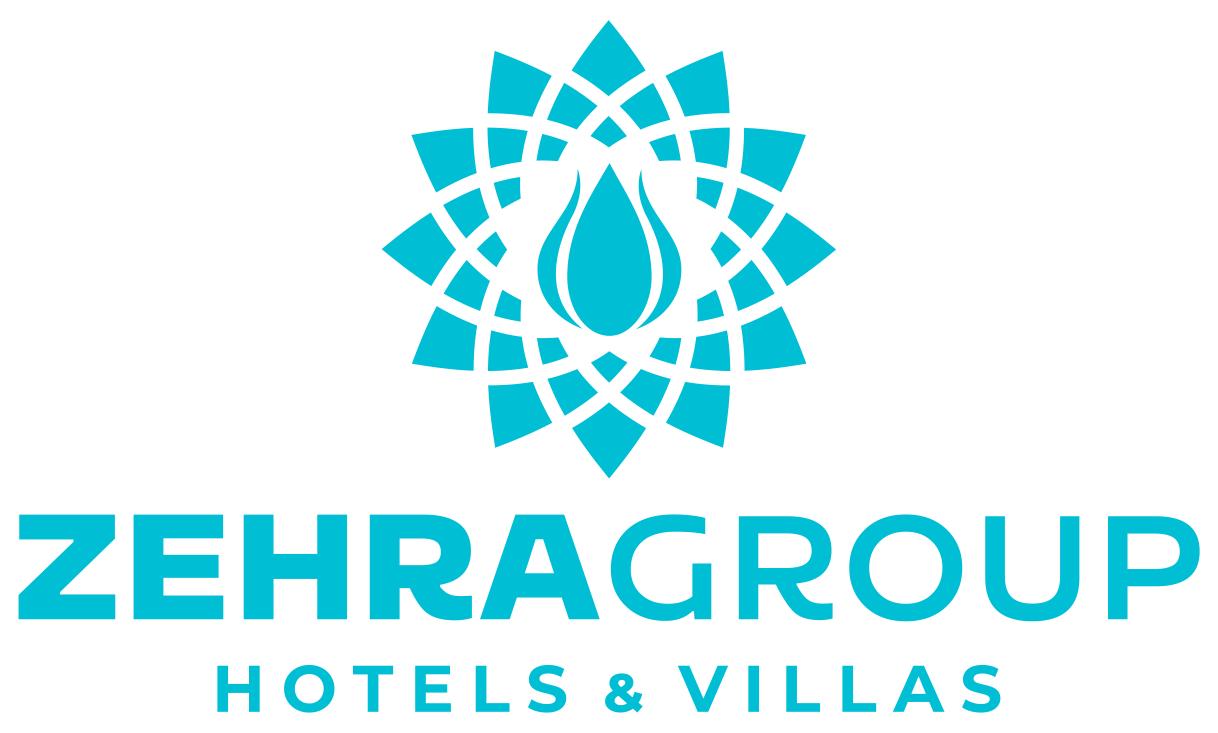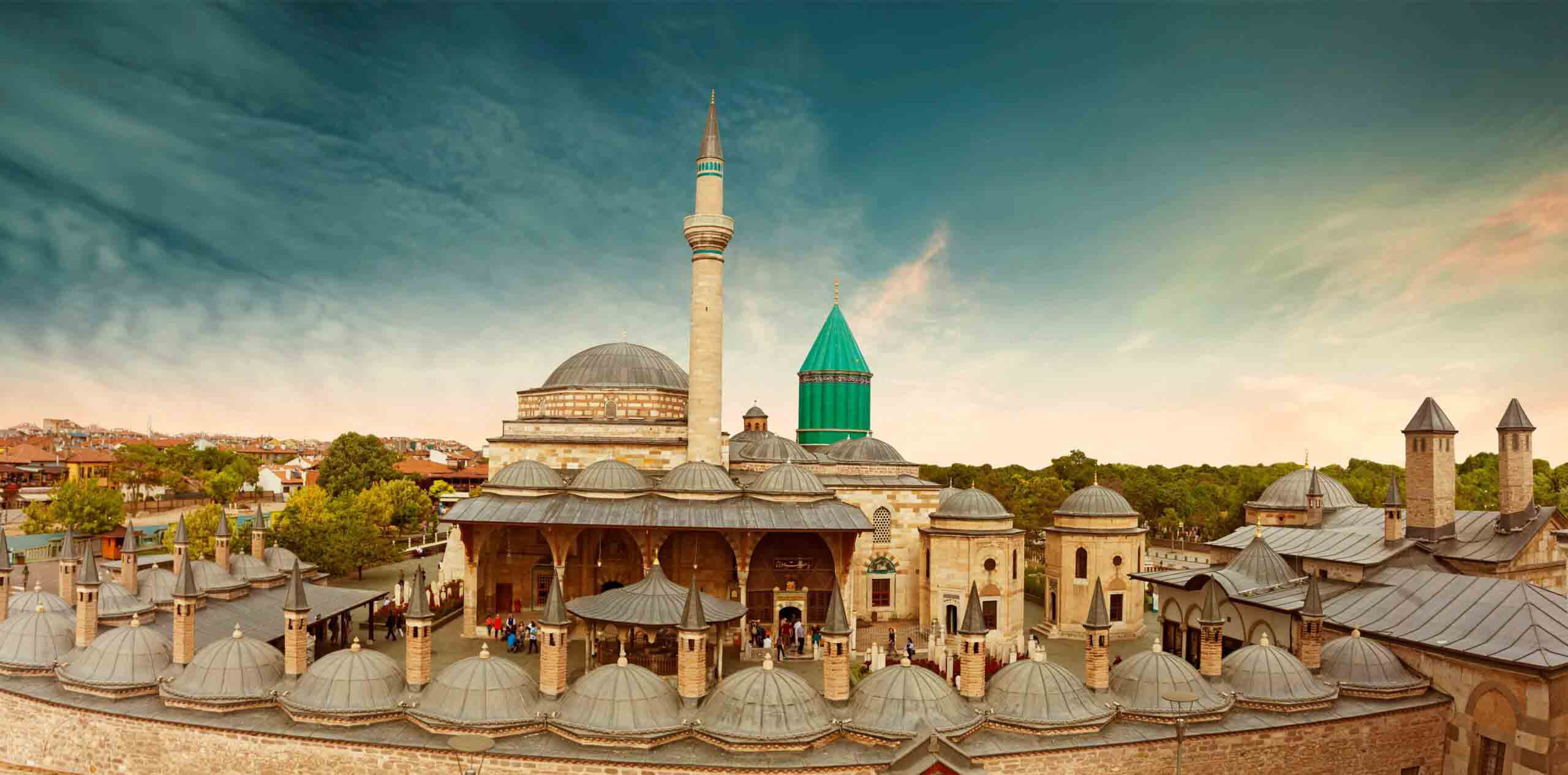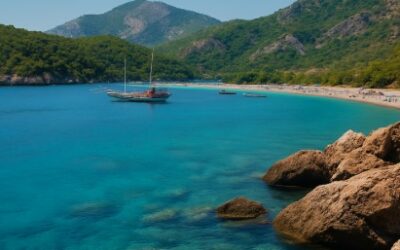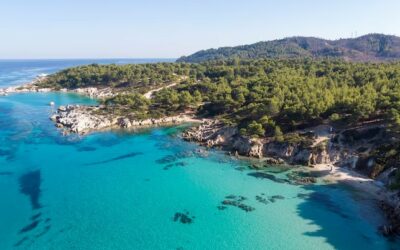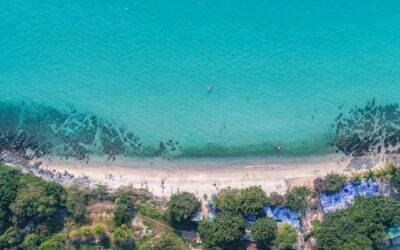Turkiye has seven regions. The Central Asia is located in the middle of Anatolia. The neighbour regions are The Black Sea Region, the Mediterrean Sea Region, the East Anatolia Region and the Aegean Sea Region. It is seperated into four parts which are Upper Sakarya Division, Konya Section, Middle Red River Section, Upper Kizilirmak Division.
Aksaray, Ankara, Chankyry, Sywac, Yozgat, Eskishehyr, Kararman, Kayseri, Konya, Nevshehyr, Kırıkkale, Kırshehyr, Nygde, Chorum are the provinces of the Central Anatolia Region.
Ankara
Ankara is the capital of Turkish Republic and the second populated city in Turkiye.
Anıtkabir is not only the symbol of Turkiye but also in Turkiye. Anıtkabir Mausoleum is the Atatürk’s tomb, the Great Leader Gazi Mustafa Kemal Atatürk, the founder of the Turkish Republic. It is the most famous sightseeing, Atatürk’s personal belongings are exhibited here in the museum.
Beypazarı
It is a place where you can travel in time with the Ottoman period houses where you can see the most beautiful examples of Ottoman architecture that have survived to the present day. In addition, it is possible to see many historical artifacts from the Hittite, Phrygian, Roman, Byzantine, Anatolian Seljuk and Ottoman periods.
Salt Lake
While the salt lake, which meets the salt needs of Turkiye to a large extent, is the number one choice for those who want to take nature walks in the region, the flamingos in the lake are also worth seeing.
Kızılcahamam
Kizilcahamam, one of Turkiye best-known health tourism centers, is 82 km from Ankara.
Ankara Castle
Ankara Castle, located in Altındag district, is another symbol of Ankara. It is estimated that the castle was built in the 2nd century BC. The castle was also used by the Romans, Byzantines, Seljuks and Ottomans.
Eymir Lake
Eymir Lake is one of the most known natural beauties of Ankara. You can take a stroll by the lake and you can attend excursions in the lake by canoe.
Kugulu Lake
Kugulu lake, located in Cankaya district, which is one of the other symbolic places of Ankara, is famous for its swans and therefore it was named Kuğulu lake.
Red Crescent Square
One of the first places that comes to mind when Ankara is mentioned is Kızılay Square. Meydan is one of the busiest and most vibrant places in Ankara.
Blue Lake
Located 12 km from Ankara, the lake is one of the first places that come to mind for nature walks and picnics.
Dikmen Valley
Located in Ankara’s Çankaya district, the valley is one of the most beautiful parks not only in Ankara but also in Turkiye.
Youth Park
Located in Ankara’s Ulus district, the park is one of the oldest park in Turkiye.
Kocatepe Mosque
Located in Ankara’s Çankaya district, the mosque carries the most beautiful examples of Ottoman architecture today. The mosque, which is decorated with chandeliers, wooden doors, tile decorations, gold leaf and special marbles, is one of the best-known mosques in Ankara.
Straw Market
It is known as one of the oldest bazaar of Ankara that fells of history.
Atatürk Forest Farm
Atatürk Forest Farm, which was established on the land donated by Gazi Mustafa Kemal Atatürk in 1925, is one of the most important and largest green areas of Ankara. You can spend a nice day at the farm, which has campuses such as a zoo, picnic areas, hiking trails, and Atatürk’s house museum, and you can relieve the tiredness of the day.
Anatolian Civilizations Museum
Located in Ankara’s Ulus district, the museum, which is one of the most important museums of our country where unique and priceless historical artifacts are exhibited, is one of the best known places in Ankara.
Akköprü
Located in Ankara’s Yenimahalle district, the historical bridge was built by the Anatolian Seljuk Sultan Alaaddin Keykubat I.
Haci Bayram-i Veli Mosque
Located in the Ulus district of Ankara’s Altındağ district, the mosque was opened for worship in 1429 and is one of the oldest mosque in Turkiye and is still open for worship.
Ankara Republic Museum
The museum, which served as the Turkish Grand National Assembly between 1924 and 1960, sheds light on our recent history.
Maltepe Mosque
Maltepe Mosque, one of the symbolic mosques of Ankara, was built between 1954-1959.
Mehmet Akif Ersoy House
Located in Ankara’s Altındağ district, the house that the homeland poet Mehmet Akif Ersoy used during the War of Independence and wrote the National Anthem has been turned into a museum today.
Ankara Ethnography Museum
Located in Ankara’s Altındağ district, the Ethnography museum, one of Turkiye best-known museums, houses unique works of art and many war materials from the Ottoman period. At the same time, after the death of the Great Leader Gazi Mustafa Kemal Atatürk, his body was kept in his temporary tomb here until 1953, the year the Anıtkabir was completed. It is a museum that is among the places that should be visited in Ankara.
KONYA
Konya is an important city especially in terms of faith tourism and other natural beauties. In Konya, which was also the capital of the Anatolian Seljuk State, you can see many mosques and tomb madrasas belonging to the Anatolian Seljuk architecture and culture. Having been the capital of a civilization, Konya is one of the favorite places in Turkiye with its religious tourism, natural beauties and many historical monuments.
Meram Vineyards
Located in the Meram district of Konya, the place is one of the most beautiful places in Konya for walking and picnicking.
Mevlana Museum and Tomb
Mevlana Tomb and Lodge, which is the first place that comes to mind when it comes to religious tourism in Konya and Turkiye, is one of the oldest museum in Turkiye. The handcrafts and decorations in the tomb where Mevlana’s sarcophagus is located are a work of mastery. In addition, the Seb-i aruz ceremony, which is held in Konya every year between 7 – 17 December as part of the Mevlana week, is one of the events you should definitely see.
Yerköprü Waterfall
Yerköprü waterfall, located in Hadim district of Konya, is a place where those who want to get away from the stress of the city go, where there are sightseeing areas, restaurants and picnic areas.
Çatalhöyük
Çatalhöyük, located in Çumra district of Konya, is one of the important archaeological structures that was inhabited during the Neolithic and Copper Age, dating back to approximately 9000 years, and entered the UNESCO World Heritage List in 2012.
Lake Meke
Lake Meke, which is located in the Karapınar district of Konya and is also a crater lake, is a frequent destination for tourists coming to Konya with its magnificent view. The lake, which was formed by the flooding of the crater about 5 million years ago, is described as the evil eye of the world because of its appearance when viewed from a bird’s eye view. Unfortunately, Lake Meke is in danger of drying out due to drought and it is a place where precautions should be taken in this regard.
Aziziye Mosque
Aziziye Mosque, located in the Karatay district of Konya, is one of the Ottoman period mosques built in the 17th century and is still a mosque that is still worshiped today.
Esrefoglu Mosque
Located in the Beyşehir district of Konya, this unique mosque is the largest wooden pillared mosque in Anatolia. The mosque, which was built as a complex in 1299, was included in the Unesco World Heritage tentative list in 20212.
Sille Village
Located 10 km from Konya, the village is a unique place for day trips with its 5000-year history and the best examples of stone and wood architecture.
Kapu Mosque
Located in the Meram district of Konya, the mosque has the distinction of being the largest mosque among Konya’s Ottoman mosques. The interior decorations of the mosque, which was built in 1658, are worth seeing and can still be worshiped.
Devil’s Bridge
Since it is not known when and how the bridge was built in the Polished Stone Age, it was named the Devil’s Bridge.
Ince Minaret Madrasa
Located in the Selcuklu district of Konya, the madrasa with a thin minaret was built in 1254 during the reign of Izzeddin Keykavus II. It is one of the most interesting mosques in the region, especially with its door adorned with cut stones and its minaret decorated with tiles.
Sultan Selim Mosque and Complex
The mosque, which stands out with its architectural structure in the Karatay district of Konya, was built in 1567 and is still a place of worship today.
Tinaztepe Cave
Tınaztepe cave, located in the Seydişehir district of Konya, has the distinction of being Turkiye largest and the world’s 3rd largest cave with a length of 22 km.
Aladdin Mosque
Alaaddin Mosque, which is the largest and oldest mosque in Konya, was built in 1221 during the time of I.Rükneddin Mesud. The mosque is an impressive structure that houses the tombs of eight Anatolian Seljuk sultans in its courtyard.
Kubadabad Palace and Complex
The Kubadabad palace, which is located close to the Beyşehir lake, was built between 1220 and 1236 and is the only Anatolian Seljuk palace that has survived to the present day.
Zazadin Inn
It was built between 1235 and 1236 during the reign of Alaaddin Keykubat I. Located on the Silk Road and Spice Road, the inn is the largest inn built by the Seljuks in Konya.
Nasreddin Hodja Tomb
The tomb of Nasreddin Hodja, known by everyone and the creator of Turkish humor, whose anecdotes we grew up with, is located in the Akşehir district of Konya.
Iplikci Mosque and Madrasa
İplikçi Mosque and Madrasa was built during the reign of Seljuk ruler Kılıçarslan II. In the 12th century, Mevlana Celaleddin Rumi gave lectures in the madrasah of the mosque, which has survived until today.
Sircali Madrasa
The madrasah, located in the Meram district of Konya, is another Anatolian Seljuk period masterpiece. The madrasah, which was built in the 13th century in 1242 during the reign of Gıyaseddin Keyhüsrev, was one of the most equipped educational institutions of its time.
Konya Archeology Museum
Built in 1901, it is one of the oldest museums in Turkiye. The most important historical artifacts of the period unearthed from the ruins such as Çatalhöyük, Karahöyük and Alaaddin Hill are exhibited here.
KAYSERI
Kayseri, where Anatolian Seljuks and Ottoman Empires left important works, is among the cities that should be seen with its historical texture and winter tourism.
Kayseri Castle
The castle, which was built during the Byzantine period, is about 1500 years old. The castle, which surrounds the city center with its imposing high walls, is one of the symbols of Kayseri.
Kayseri Clock Tower
It was built in 1906 during the reign of Abdulhamid II.
Kursunlu Mosque
The mosque, built in 1573, is the only mosque built by Mimar Sinan in Kayseri, the city where he was born. It is called Kurşunlu Mosque because its dome is covered with lead.
Mimar Sinan House
Mimar Sinan, one of the most important architects of Turkiye and the world, was born in Ağırnas district of Kayseri. The house located here is used as a museum today.
Hunat Hatun Mosque and Complex
It was built by Mahperi Hatun, the wife of Alaaddin Keykubat, between 1237-1246. In the complex, there is the tomb of Mahperi Hatun as well as the mosque, madrasah and bath.
Doner Cupola
Doner Cupola, located in Melikgazi district of Kayseri, is one of the most beautiful examples of Seljuk architecture. The cupola, decorated with motifs such as a double-headed eagle, a human-headed and winged leopard, a lion, and a tree of life, belongs to Shah Jahan, the daughter of Alaaddin Keykubat I.
Gevher Nesibe Hatun Madrasa and Hospital
The hospital, which was built in 1204 for the deceased daughter of the Anatolian Seljuk ruler Kılıçarslan II, and the madrasa added between 1210 and 1214, are mentioned as the world’s first center providing medical education and health services, according to some sources.
Grand Bazaar and Kazancilar Bazaar
Kayseri Grand Bazaar, which is the second largest covered bazaar in Turkiye after the covered bazaar in Istanbul, was built in the 15th century. The Grand Bazaar still serves actively, preserving its historical texture
Mount Erciyes
Erciyes Mountain, one of the most important places of winter tourism in Turkiye, is an old volcanic mountain, and today it offers wide opportunities for those who want to do winter sports with its modern tracks and accommodation.
ESKISEHIR
Eskişehir, one of the most beautiful cities in Turkiye, is one of the cities that should be visited with its historical structure as well as with the badger brook and gondolas passing through it.
Odunpazarı Homes
Odun Pazar, the first place that comes to mind when Eskişehir is mentioned, has survived to the present day with its historical Ottoman houses and historical texture. The Wood Market, where you will feel as if you are living in the Ottoman period, is also on the Unesco World Heritage list.
Porsuk Stream
Porsuk Stream is one of the liveliest spots in Eskişehir, where you will feel yourself in Venice with the gondolas passing through it.
Kurşunlu Mosque and Complex
It is a favorite place in the historical Odun Pazar district, where the fountain, madrasah, training center, caravanserai, soup kitchen and harem are located in the mosque and complex, which carries the most beautiful examples of Ottoman architecture built in the 16th century.
Devrim Car
The Devrim car which means revolution, the first automobile produced by Turkiye own means, is on display at the Türasaş factory next to the Porsuk stream.
Aladdin Mosque
The 753-year-old Alaaddin Mosque is the oldest mosque in Eskişehir, built during the reign of the 3rd Gıyaseddin Keyhüsrev, dating from the Anatolian Seljuk period.
SIVAS
Sivas, which is the second largest city in Turkiye after Konya in terms of surface area, is one of the most important cities of Anatolia, as it hosts the most important works of Anatolian Seljuk architecture with both the Silk Road and the King’s Road. and because of its role in the period of national struggle.
Divrigi Great Mosque
The mosque, which was built during the Anatolian Seljuk State and has the most important and magnificent features of Seljuk architecture, was included in the World Heritage list by Unesco in 1985. The masters of Ahlat and Tbilisi are not alike. Therefore, the mosque is a magnificent example of Anatolian stonemasonry. Divriği Great Mosque is one of the should be-visited structures for tourists coming to Sivas.
Şifaiye Madrasa
The madrasah, which was built in 1217 during the reign of the Anatolian Seljuk Sultan Izzeddin Keykavus, was used for the same purpose in the Ottoman period. It is one of the most important Anatolian Seljuk works with its relief figures.
Buruciye Madrasa
The building, which was built in 1271 during the reign of Seljuk Sultan Gıyaseddin Keyhüsrev 3, is one of the important Anatolian Seljuk works that have survived to the present day with its magnificent Crown Gate.
Double Minaret Madrasa
The Double Minaret Madrasa was built in 1271, just like the Buruciye Madrasa. Due to the two minarets next to the crown gate, it got its name as a double minaret madrasah. It reflects the best examples of Anatolian Seljuk stonemasonry at the crown gate.
Gok Madrasa
Gök Madrasa, one of the other important works of the Anatolian Seljuk State, is one of the most beautiful examples of Turkish architecture and decorative arts.
Sivas Congress Building Atatürk and Ethnography Museum
The building, which was the place where the Great Leader Gazy Mustafa Kemal Atatürk held the Sivas congress during the years of the National Struggle, is used as a museum today.
NEVSEHIR
Nevşehir, located in the Central Anatolia Region, is one of the places that should be visited with its natural beauties and historical monuments.
Fairy Chimneys
Fairy Chimneys in the Cappadocia region of Nevşehir are natural structures formed millions of years ago. In Cappadocia, which is among the favorite places in Turkiye, you can stay in hotels built inside the caves, explore the natural beauties of Cappadocia such as fairy chimneys, Göreme and Ürgüp with balloon tours at sunrise, and witness the magnificence of the sunrise.
Derinkuyu Underground City
Derinkuyu Underground city, which was brought to tourism in 1967 and is the largest underground city in the Cappadocia region, has a missionary school, confessional and baptismal pool, unlike other underground cities in the region.
Goreme
Göreme, 13 km from Nevşehir, is almost an open-air museum. There are churches, chapels, dining halls and sitting places in the place where monastic life is thought to have been lived in the 4th and 13th centuries AD.
Pasabag Valley
Another popular place in Nevşehir is the Paşabağ Valley. It is thought that priests took shelter in the rooms inside the mushroom-like fairy chimneys that formed completely naturally over millions of years.
Underground City of Flavors
The underground city, located on the hill in the Tatlar district of Nevşehir, is another of the underground cities that should be seen in Nevşehir with its large rooms and food warehouses.
Capital Underground City
The underground city in Avanos district of Nevşehir is smaller than the other underground cities in the region. The underground city has three floors, with a barn, kitchen, food store, winery and ventilation tunnel.
Kaymakli Underground City
The underground city, which is 20 km away from Nevşehir, was founded in BC. It has a history of 3000 years. The underground city has four floors with sections such as halls, wine cellars, water tanks, kitchen, food warehouses and a church.
Cappadocia Summit Valley
The caves and churches in the valley, which are one of the popular places in Nevşehir, are really worth seeing.
